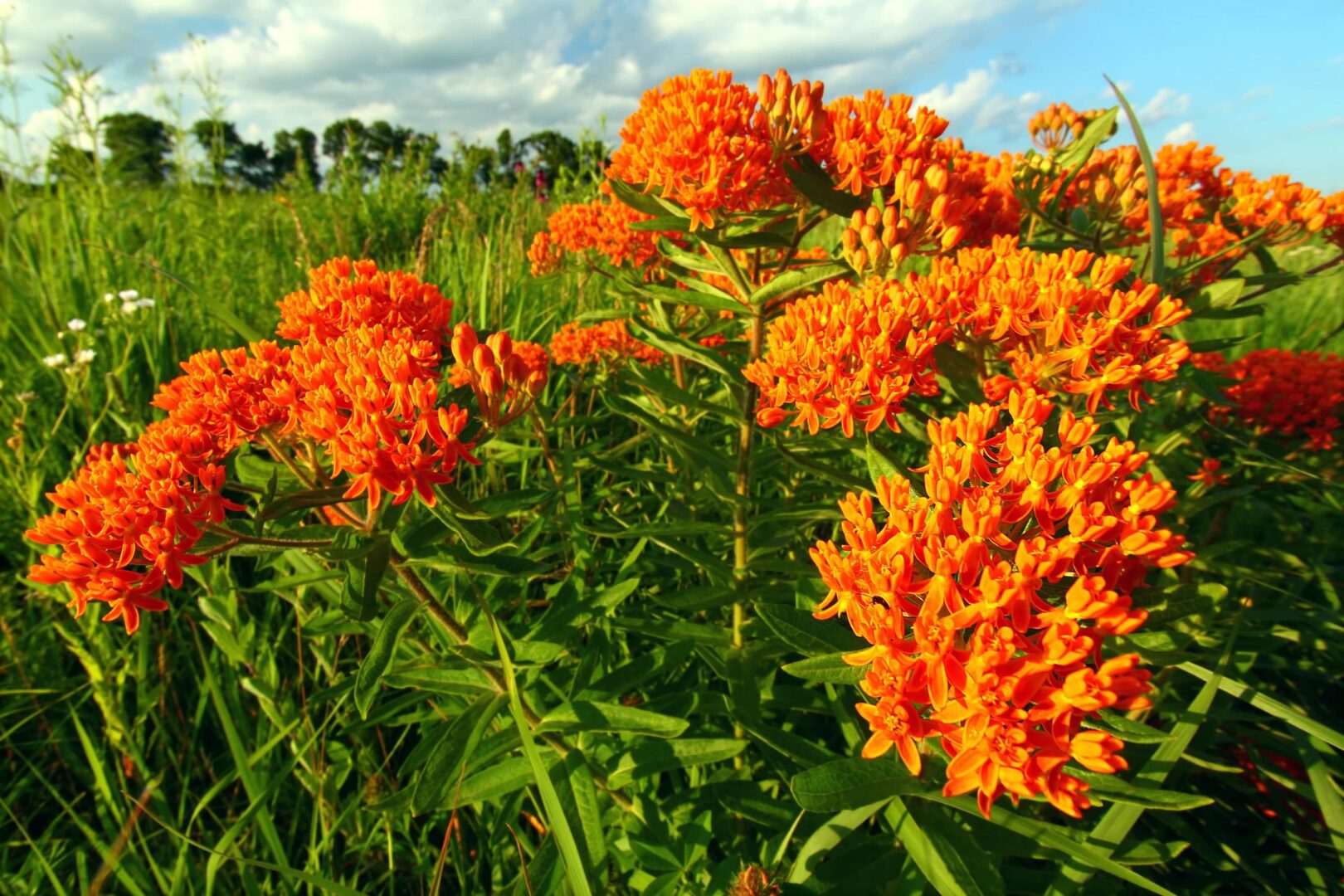NATIVE PLANTS ARE ESSENTIAL
In a nutshell, native plants are essential if bees are to survive and thrive. Make sense? It does to me and it does to many others, thank goodness. Matter of fact, adding natives to the landscape has become very, very popular over the last few years. And, The Great Big Greenhouse has made a concerted effort to offer a wider selection of native plants in perennials, shrubs, and trees.
The BIG question for so many people is: “How do we know what is native and what isn’t?” A generally agreed-upon definition of a native is that a native plant is anything that was growing in Virginia and the Mid-Atlantic area BEFORE the arrival of the European settlers in the 17th century.
OK, so the above definition is what defines a native plant. Another question is: “How do I find these native plants when I come to The Great Big Greenhouse? Are they separated from all the other perennials, shrubs, and trees?”
The quick answer to the above questions is, no—not necessarily. You will find them gathered together in one focal spot. And, you will find some that are mixed with all the other nursery plants.
We are very proud to offer our customers the AMERICAN BEAUTIES NATIVE PLANTS and have been proud for a few years now. American Beauties come in a very distinctive light, lime green pots. Because of their huge popularity, we do keep these special plants all together in one strategic area in our nursery—along with all their signs and banners to highlight the area. This selection provides essential nectar sources for our native pollinators. With native plants, you will enjoy more birds, butterflies, and beneficial insects in your garden.
A pollinator garden contains pollinator-friendly plants that provide both food (nectar and pollen) and shelter for the winter. In addition, host-plant leaves provide a food source for caterpillars.
The other native plants that we carry will be found throughout the nursery. We try to include the word “NATIVE” on our own signs that we make and place in front of the plants. Also, the growers will include the word “NATIVE” on the grower tags found on the plants. Our growers have become aware of the importance of native gardening.
Pollinators are animals that go from flower to flower looking for nectar (for sugar) and pollen (for protein). Pollinators include native bees (over 4,000 species in North America), butterflies, moths, beetles, wasps, hummingbirds, flies, ants and even bats.
NO POLLINATORS MEANS NO FOOD! BEES AND OTHER INSECTS ARE RESPONSIBLE FOR POLLINATING OUR CROPS. WITHOUT THEM WE WOULD HAVE VERY FEW FRUITS, NUTS, OR VEGETABLES TO EAT. WE CAN SUPPORT THESE INSECTS BY PLANTING NATIVE PLANTS.
LET US ALL BEE MINDFUL & PLANT A LITTLE HAPPINESS!!!!


Hi, a little off topic, but when is a good time to clean out leaves from sun or shade beds including under bushes?
GP,
Good Afternoon. You know that these leaves are serving you as a natural mulch around and under these shrubs. If you don’t like this look then you can start to remove these leaves anytime now. Doug
We planted some Butterfly bushes und the butterflies seem to love them. But we read that they are not so good, because allegedly butterflies cannot lay their eggs on it. Do you know, if that is true? What is the best plant for buterflies?
Kristina,
Good Morning.
Butterfly bushes may not be the most idea shrub for butterflies to lay their eggs onto. But, the form of the flower makes it easy for the butterflies to land onto and suck out nectar out of the flower. Butterfly bushes are still a great shrub for supporting our butterfly population. Doug
Do you have wild violets among your native species?
Teresa,
Good Morning.
No, we do not have the wild violets as a selection in our native plants. Thank you for taking the time to send me this message. Doug
I missed the Native Plants seminar on March 20, 2022. When are you having another seminar in this area or a nearby area? Or maybe you can email me your website where I can read info on native plants in my area .
Sheila,
Good Morning.
Nothing is scheduled for a future talk on native plants. I am not sure where you live. But, you should stop in the garden center as we are filling up with native plants. And, we have some knowledgeable staff members who can talk to you about native plants and provide you with some informational handouts. Doug